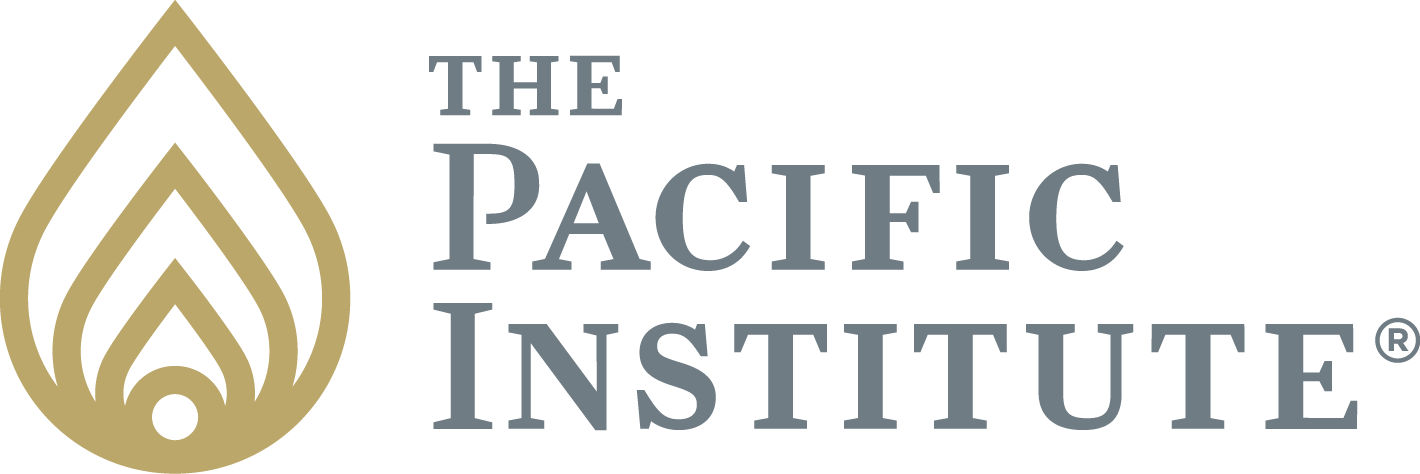When you are learning something new, what helps you learn more easily and what interferes with the process? Today, let’s talk about learning styles.
There are different styles of almost everything you can do or buy, from playing a guitar to picking out a new car. But, did you know that there are also different styles of learning? We have learned that some folks are visual learners; they literally need to see relationships with their eyes before they can understand. Other people learn best when they can hear new ideas.
Some people like to think a problem through before they try to solve it, while others feel more comfortable with a trial and error approach. Some people like to see an overview of how what they’re doing fits into the big picture before it makes sense. Others feel just fine working on one isolated area of a larger project, as long as they understand how their particular part works. It all comes back to how each individual brain has been “wired,” resulting in specific neural pathways for specific “tasks.”
What we need to understand is that there is no one best way to learn or to teach. The best teachers and coaches adjust their styles to suit individual learners, and the best learners learn to make their needs known, or they set up circumstances that facilitate their own unique style. Remember, your employees may not have the same learning style that you do, just as in a family, two children (even twins) may learn equally well but by very different methods.
In the same way, people managers in organizations need to first, understand the different styles of human learning (because learning does not stop in childhood), and then second, observe your people in order to understand their favored learning styles. For the best results, honor these differences. That diversity of learning styles and ways of looking at things brings a depth, richness and energy to organizational performance.




